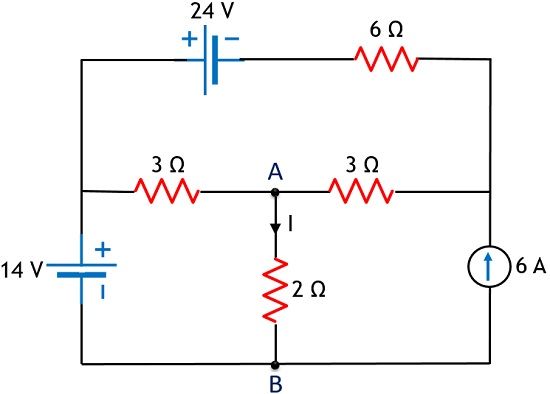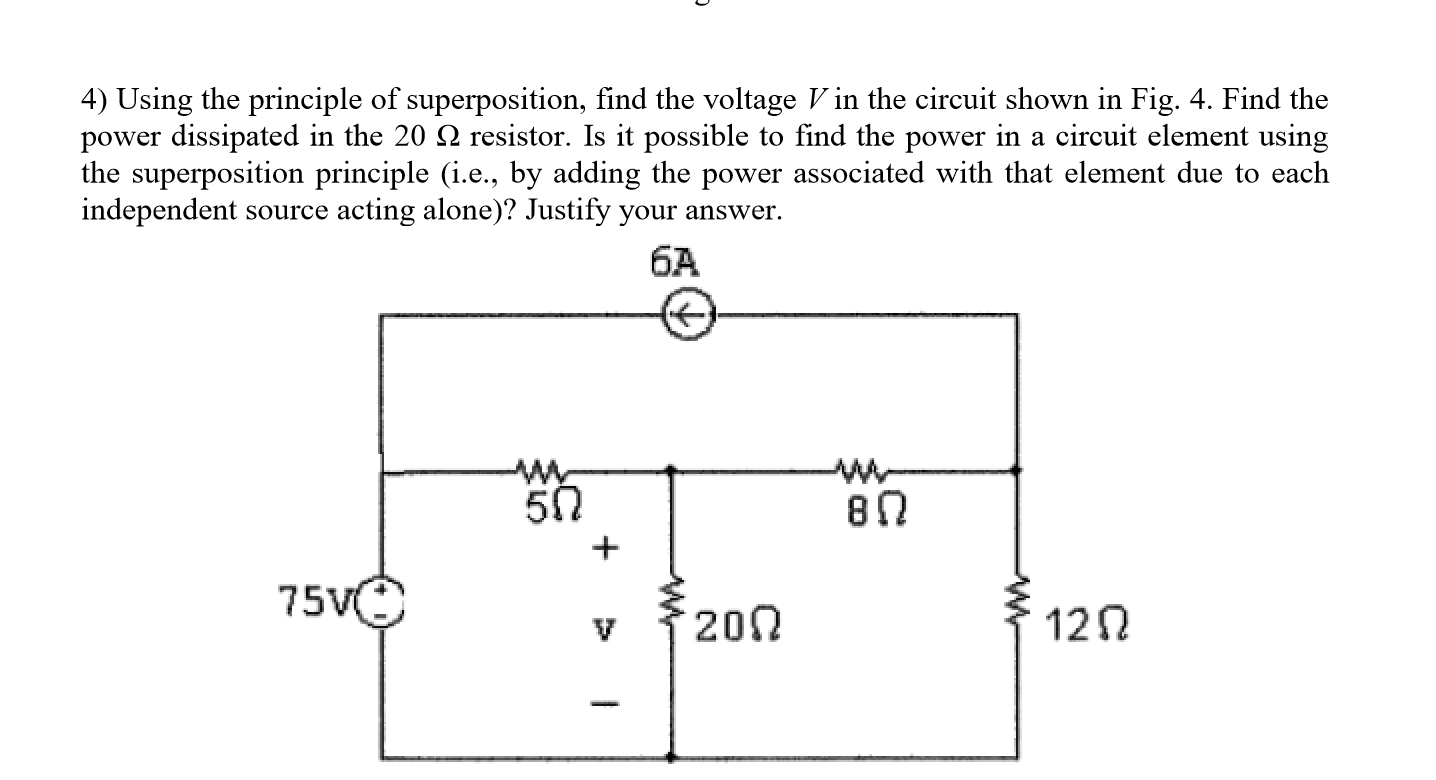

Resistors have no polarity-specific behavior, and so the circuits we’ve been studying so far all meet this criterion. Hence, networks containing components like lamps (incandescent or gas-discharge) or varistors could not be analyzed.Īnother prerequisite for Superposition Theorem is that all components must be “bilateral,” meaning that they behave the same with electrons flowing either direction through them. The Superposition Theorem is used to solve complex networks with a number of energy sources. The need for linearity also means this Theorem cannot be applied in circuits where the resistance of a component changes with voltage or current. The requisite of linearity means that Superposition Theorem is only applicable for determining voltage and current, not power!!! Power dissipations, being nonlinear functions, do not algebraically add to an accurate total when only one source is considered at a time. Quite simple and elegant, don’t you think? It must be noted, though, that the Superposition Theorem works only for circuits that are reducible to series/parallel combinations for each of the power sources at a time (thus, this theorem is useless for analyzing an unbalanced bridge circuit), and it only works where the underlying equations are linear (no mathematical powers or roots). Once again applying these superimposed figures to our circuit: Here I will show the superposition method applied to current: and one for the circuit with only the 7 volt battery in effect:Ĭurrents add up algebraically as well, and can either be superimposed as done with the resistor voltage drops, or simply calculated from the final voltage drops and respective resistances (I=E/R).Įither way, the answers will be the same.

Since we have two sources of power in this circuit, we will have to calculate two sets of values for voltage drops and/or currents, one for the circuit with only the 28 volt battery in effect. Let’s look at our example circuit again and apply Superposition Theorem to it:

Then, once voltage drops and/or currents have been determined for each power source working separately, the values are all “superimposed” on top of each other (added algebraically) to find the actual voltage drops/currents with all sources active. The strategy used in the Superposition Theorem is to eliminate all but one source of power within a network at a time, using series/parallel analysis to determine voltage drops (and/or currents) within the modified network for each power source separately. Superposition, on the other hand, is obvious. A theorem like Millman’s certainly works well, but it is not quite obvious why it works so well. Superposition theorem is one of those strokes of genius that takes a complex subject and simplifies it in a way that makes perfect sense.


 0 kommentar(er)
0 kommentar(er)
